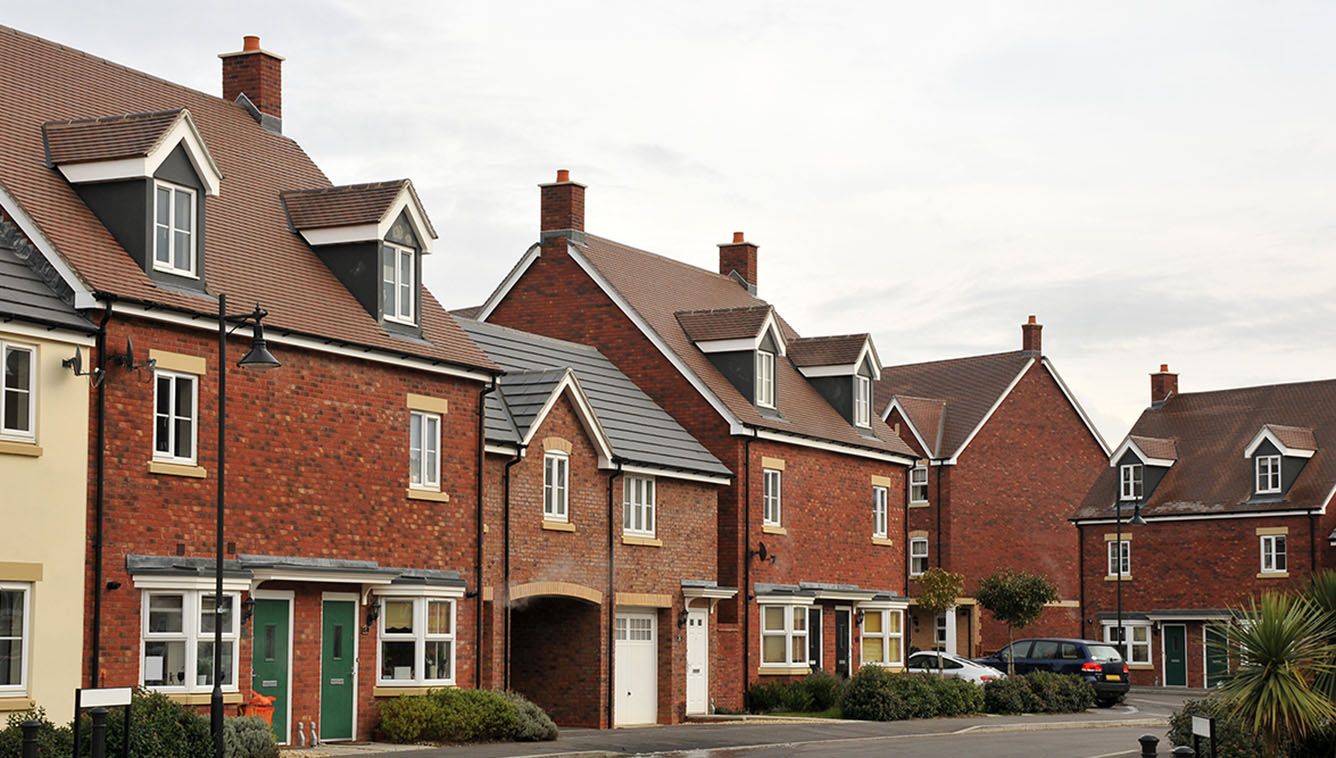New Building Regulations come into force in June 2022 – Are you ready?
The UK government has announced changes to the building regulations as part of its strategy to achieve Net Zero carbon emissions by 2050.
Why are the regulations changing?
The majority of the changes are being driven by the Future Homes Standard and the UK government’s commitment to achieve net zero carbon by 2050. The new Future Homes Standard should ensure that all new homes built from 2025 onwards will produce 75-80% less carbon emissions than homes delivered under current regulations.
The changes are being introduced in phases. From June 15th 2022, all new homes built should produce 31% less CO2 emissions than current standards. In 2023 the government will consult about technical aspects of the Future Homes Standard before updating the regulations again to come into force in 2025.
What are the key changes for June 2022?
The new building regs cover amendments to Approved Document L, Conservation of fuel and power, and Approved Document F, and the creation of the new Approved Document O, Overheating, and Approved Document S, Infrastructure for charging electric vehicles.
- 31% reduction of CO2 in domestic new builds – Low carbon heating systems will play a key role here with the government expecting the majority of new builds to adopt heat pump technology. There is also a requirement for automated and zoned control devices.
- 27% cut in CO2 for commercial buildings – Emissions from new non-commercial buildings including offices and shops will need to be reduced by 27%.
- Overheating prevention in new builds – A new Approved Document (Approved Document O) introduces glazing limits and new levels of cross-ventilation required to remove excess heat.
- Maximum flow temperature of 55°C – To increase system efficiency, all new and replacement wet space heating systems in domestic and non-domestic buildings will have to be designed with a maximum flow temperature requirement of 55°C.
- Adoption of the Fabric Energy Efficiency Standards (FEES) – The FEES level in new homes will be set by a ‘full fabric specification’ and SAP compliance will now be applied to extensions built on existing properties.
- Ventilation improvements – Improvements to ventilation standards are being introduced to ensure occupants benefit from good indoor air quality, and buildings themselves are protected from damp, condensation, and mould that can arise from trapped moisture in airtight buildings.
- Thermostatic Room Controls – Heating installers will be required to install thermostatic room controls when fitting a new boiler in existing homes. Previously recommend as best practice, this will now be mandated. It matches the current practice for new builds and in most cases will be met with the addition of thermostatic radiator valves. See the video from BEAMA for more details.
The key challenge, a 31% reduction in CO2 emissions, will mean new builds will have to adopt low carbon heating technologies including heat pumps, district heating networks, and solar water heating. Innovative heating control technologies that can monitor, manage, and control these technologies are essential to optimise their energy and carbon saving potential.
Secure’s new intelligent thermostatic radiator valve radbot 1, is one example of innovations that can help the sector to meet the requirements of the new regulations and maximise the efficiency of both existing gas boiler systems and new low carbon heating systems.
A significant improvement on the standard TRV, radbot 1 is a simple cost-effective solution that enables room-by-room zoning by matching the heating output of a room to the current occupancy status. Put simply, each radbot 1 device learns the occupancy pattern of a room, and when it detects the room is not being used it automatically reduces the temperature, helping to reduce energy consumption, save money, and carbon emissions. More sophisticated control of individual room temperatures within a home can also help to reduce overheating.

